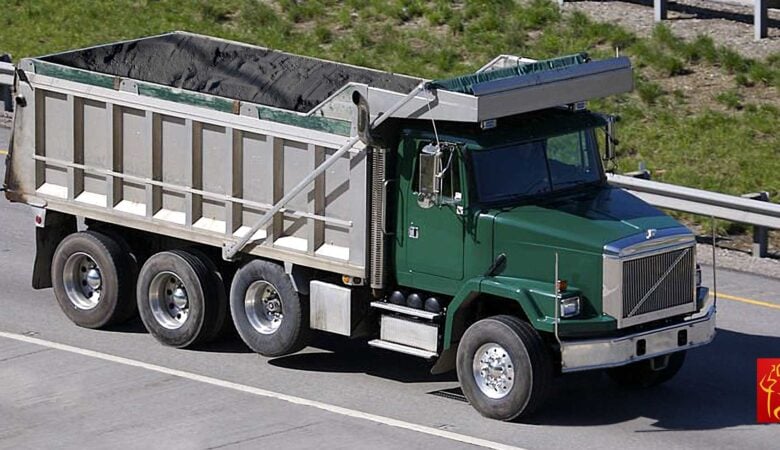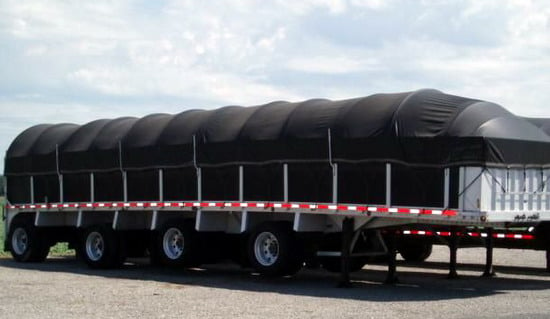Flatbed trucker drivers are well aware of their responsibility towards the cargo they carry from the moment they hook a trailer. Load securement is a matter of complying with the law and protecting the interests of both shipper and receiver. However, load security is also a safety concern. It applies not only to the cargo itself, but also to the truck tarps a driver uses to protect and secure the cargo in his charge.
During a recent news story covered by Portland television station KATU, Oregon State Police Sergeant Yvette Shepherd said that truck drivers “do what they are supposed to do” 90% of the time. Unfortunately, it is that 10% that can do the damage. During a ride-along with Sergeant Shepherd, the KATU reporter witnessed a number of serious problems including one truck that lost a tarp at 65 mph. The tarp struck a van following behind it, wrapping itself around the axle.
Fortunately, no one was hurt in the incident. Nevertheless, things could have been far worse. Imagine the damage a tarp flying straight off its load and landing on the windshield of a trailing car could do? Add a bit of momentary panic, and that driver could react in a way that sends his/her car off the road and causes harm to himself or other drivers on the road.

Tips on How to Secure the Cargo
We realize that a majority of truckers are quite responsible about making sure their tarps are properly applied and secured. We want to encourage our readers to take the required time to protect every load they transport. It only takes a few minutes, but the time spent could ultimately save someone’s life. Before you drive off, make sure you check:
• Tie-Downs
Whatever you use to secure your tarps should be checked one last time before you pull away. This includes ropes, bungee cords, tie down straps, and chains. Being vigilant about cords and ropes helps, because these tend to fray and wear over time.
• Grommets
When grommets come loose from the fabric of the tarp, they begin posing a safety risk. Follow the rule that a loose grommet is a failed grommet, and that it needs to be replaced as soon as possible. A truck driver does not want a complete small grommet failing his cargo on the freeway.
• Wind Pockets
Pockets that can catch the wind cause truck tarps to flap, come loose and ultimately become a truck drivers nightmare as it affects his/her time efficiency while driving. While it is not possible to prevent every wind pocket. Because wind pocket troubles can be minimized by applying tarps as tightly as possible and securing them with cargo protectors. An extra bungee cord or two might be all that is required to close a potential pocket.
• Loose Material
Lastly, any loose material that tends to flap in the breeze should be attended to. This is not as much a short-term safety issue as it is a long-term wear concern. Preventing flapping will extend the life of your tarps and better protect your cargo. At the end of the day, the tarps need to last as long as possible.
As always, load securement is something that should be checked within 50 miles of departure. After that, it is always a good idea to check the cargo during fuel stops or rest breaks. One can never check a load too many times during the trip.
If you are among the flatbed truckers who strive to be the best at what you do, we encourage you to keep doing what you do. If you like to do things on the easier side, please consider the repercussions of your actions on others. To secure the cargo is not only a matter of protecting the cargo, but it is a concern for safety.
Sources:
KATU











